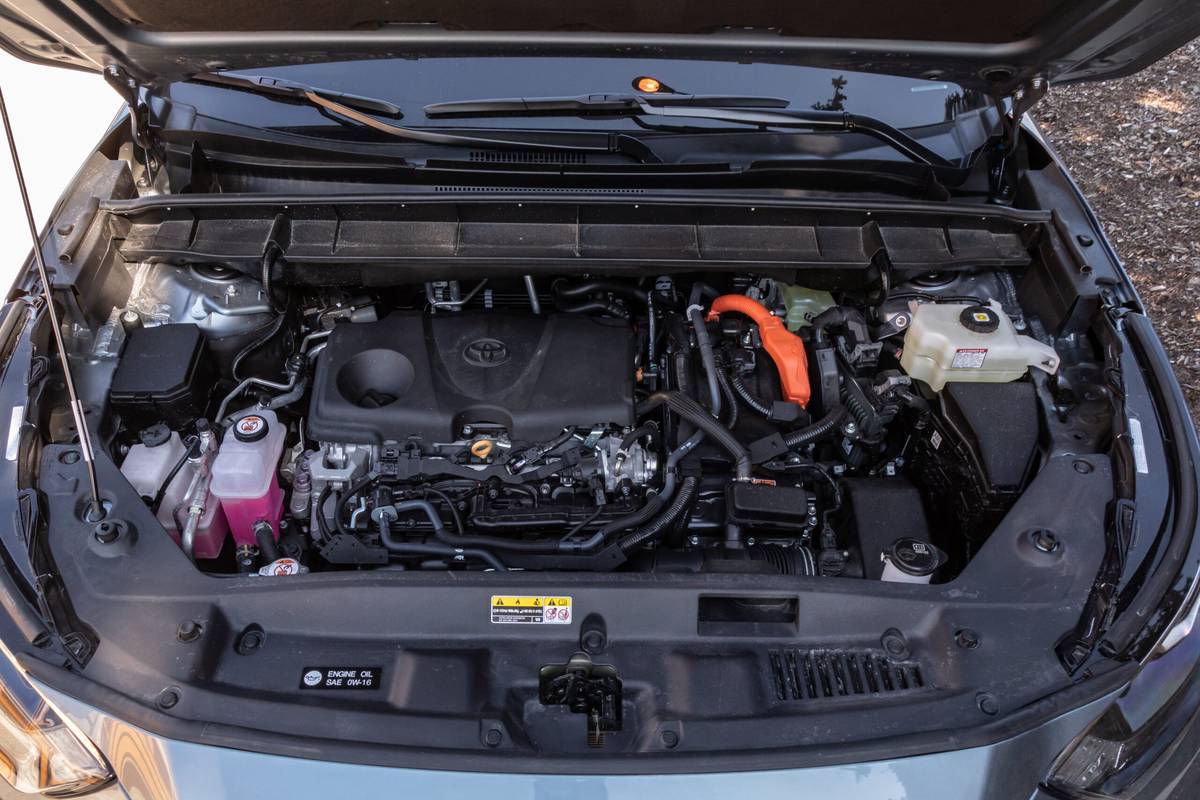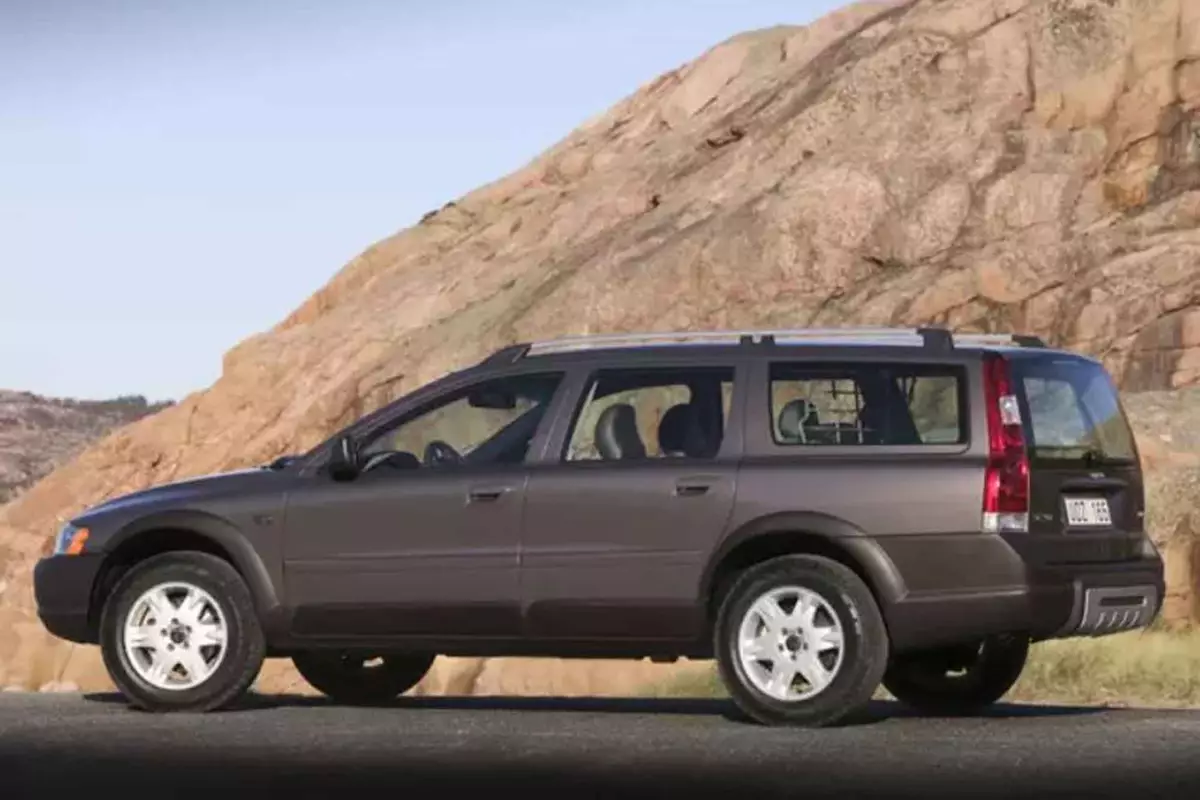Report: Here’s What It Will Cost to Fix Your Check-Engine Light


The costs of buying a new or used car have climbed in recent years, and so has the average repair bill. If a vehicle purchase or major repair isn’t in the cards (or budget), maintaining the health of your current ride is crucial. A check-engine light on the dashboard is a warning sign your car demands your attention and shouldn’t be ignored. To help owners identify issues and budget for potential repairs, automotive diagnostic data firm CarMD released its 2023 Vehicle Health Index. The annual study looks at the most common check-engine light repairs and their average costs over the previous calendar year, then ranks the results based on region and vehicle model year.
Related: What Does the Check-Engine Light Mean?
Why Is My Check-Engine Light On?
A check-engine light indicates that the vehicle’s onboard diagnostic system has detected a problem with the vehicle’s emissions, ignition, fuel or exhaust systems. A loose gas cap may be the culprit, but if tightening or replacing the cap doesn’t fix it, a mechanic can diagnose the problem and complete the repairs. Depending on the cause, your vehicle may not display any other warning signs, or you may notice symptoms that can help identify the root cause.
“The check-engine light comes on to warn you when your car or truck has a problem that impacts emissions and can lead to poor performance and reduced fuel economy,” said David Rich, CarMD technical vice president, in a statement. “Ignoring the check-engine light will cause your car to fail an emissions test and can result in additional repairs down the road.”
For 2022, CarMD found that the average check-engine light repair cost was $403, up 2.8% from 2021. The firm attributed the increase to rising parts costs related to supply chain issues and inflation.
Most Common Check-Engine Light Repairs

For the fourth year in a row, CarMD found the vehicle’s catalytic converter is the most common check-engine light repair — and at $1,313, it’s also the priciest. The firm noted that a catalytic converter doesn’t typically fail overnight; instead, it’s a byproduct of other issues that were left unresolved, and older vehicles are much more likely to require the repair.
Below are the top 10 most common check-engine light repairs, their average repair costs and common symptoms that can help drivers identify the issue. CarMD notes that some warning signs may overlap, so it’s important to get the problem diagnosed as soon as you notice the check-engine light is on.
1.Replace catalytic converter: $1,313.46 (average repair cost)
A failing catalytic converter can lead to reduced acceleration, sluggish engine performance, dark exhaust smoke and excessive heat under the engine.
2. Replace oxygen sensor: $242.34
If an oxygen sensor fails, you may notice reduced fuel economy; otherwise, the car may appear to run normally.
3. Replace ignition coils and spark plugs: $392.65
Faulty spark plugs can cause ignition coils to fail, which can cause slower acceleration, loss of power, poor fuel economy, engine misfires and trouble starting the car.
4. Replace mass air flow sensor: $303.61
An issue with the mass air flow sensor can lead to stalling and hesitation during acceleration, as well as up to a 25% drop in fuel economy.
5. Tighten or replace fuel cap: $24.84
Checking the fuel cap should be the first course of action. Tightening the cap is free and replacing it is inexpensive; ignoring the issue can lead to reduced fuel economy.
6. Replace evaporative emissions purge control valve: $137.47
A faulty one of these valves may cause rough idling and decreased gas mileage.
7. Replace ignition coils: $213.70
Common symptoms of an ignition coil going bad include rough idling at low speeds, trouble starting the car and high underhood temperatures. A faulty ignition coil can lead to other serious issues, such as a damaged catalytic converter.
8. Replace fuel injectors: $423.71
Engine performance issues, poor idling, engine misfires and reduced fuel economy may indicate that the car’s fuel injectors need to be replaced.
9. Replace thermostat: $238.58
A faulty thermostat can cause coolant to leak, the engine to overheat or the car’s heater to not work properly.
10. Reprogram powertrain control module: $109.22
This is rarely a stand-alone fix; reprogramming the powertrain control module is usually required after a module is replaced, according to CarMD. Symptoms can range from engine misfires and stalling, performance issues and reduced fuel economy to the vehicle simply not starting.
How Does a Vehicle’s Age, Region Impact Repairs?

It shouldn’t come as a surprise that older vehicles are more likely to require a check-engine light repair compared to newer models. CarMD notes that model-year 2007 vehicles accounted for 7.2% of all repairs in 2022 — the highest percentage of any model year. Replacing a catalytic converter was the most common repair for model-year 1997 and 2005-14 vehicles. Meanwhile, model-year 2018-22 models were less likely to require repairs since 2001; the most common fixes for these newer cars included replacing the evaporative emissions purge control valve, replacing the mass air flow sensor, and tightening or replacing the fuel cap.
The costs of check-engine light repairs also vary by region. The West had the highest total average repair cost of $415.74, followed by the South at $409.38, the Northeast at $403.85 and the Midwest at $375.64. Replacing the catalytic converter was the most common type of repair in all regions besides the Midwest, where the more affordable oxygen sensor replacement was the most common fix.
More From Cars.com:
- Is Your Check-Engine Light On? 5 of the Most Common Causes
- What’s Causing Your Check-Engine Light to Come On? Here’s 10 Common Culprits
- CarMD: When Check-Engine Light Goes On, Check Engine, Stat!
- Emissions Testing 101: What You Need to Know
- Your Check-Engine Light Is On — How Much Are Repairs Gonna Cost Ya?
Related Video:
Cars.com’s Editorial department is your source for automotive news and reviews. In line with Cars.com’s long-standing ethics policy, editors and reviewers don’t accept gifts or free trips from automakers. The Editorial department is independent of Cars.com’s advertising, sales and sponsored content departments.

Former News Editor Jane Ulitskaya joined the Cars.com team in 2021, and her areas of focus included researching and reporting on vehicle pricing, inventory and auto finance trends.
Featured stories




